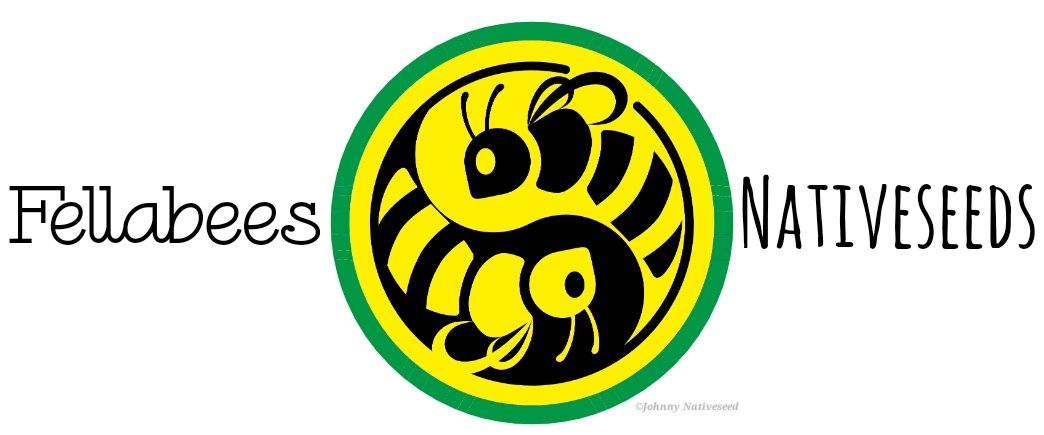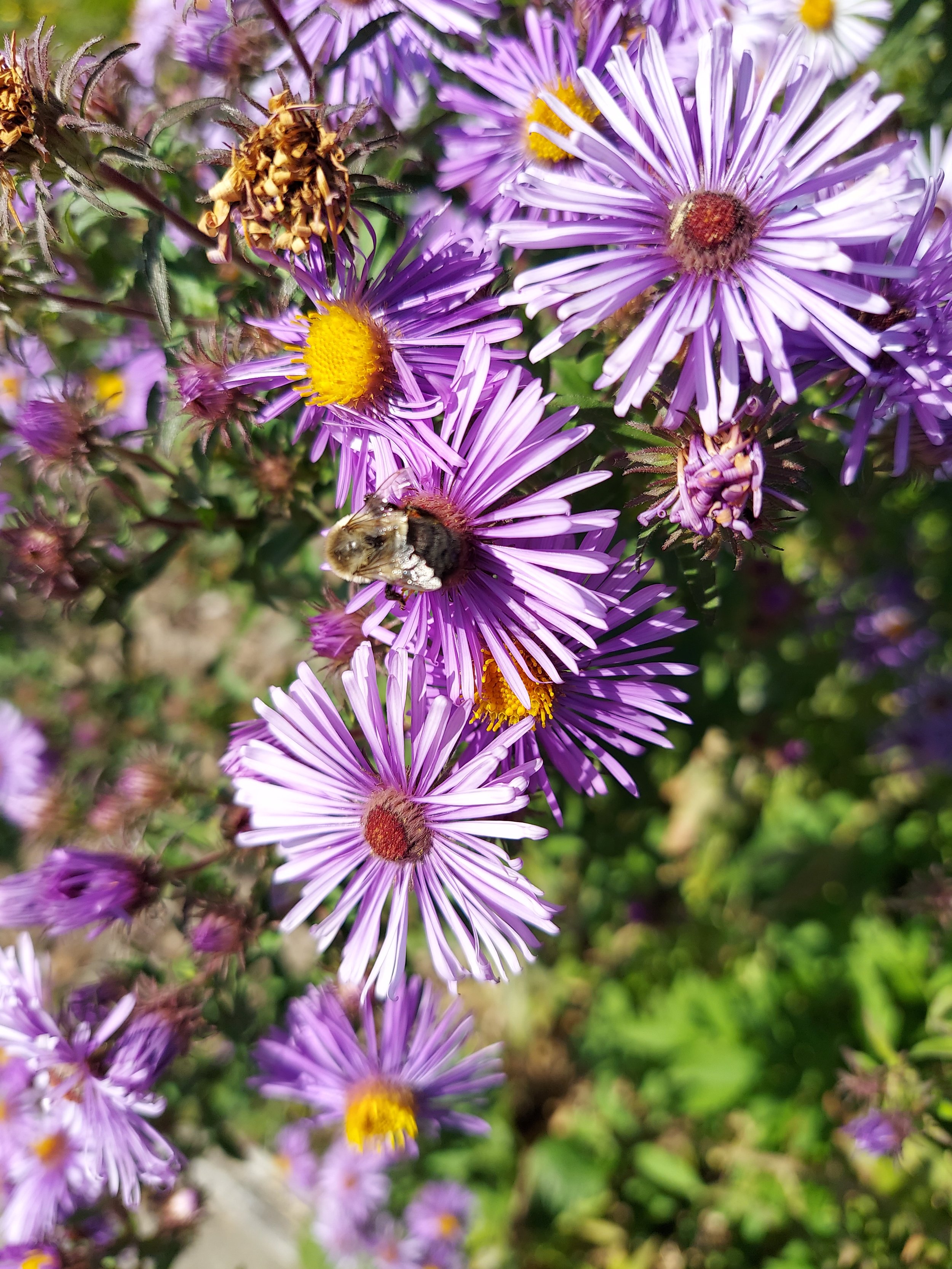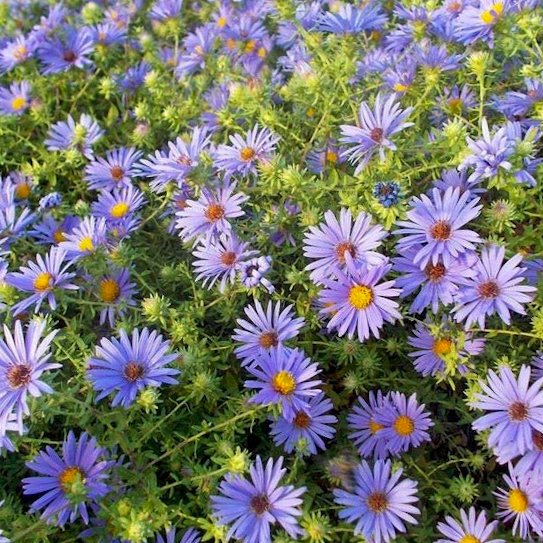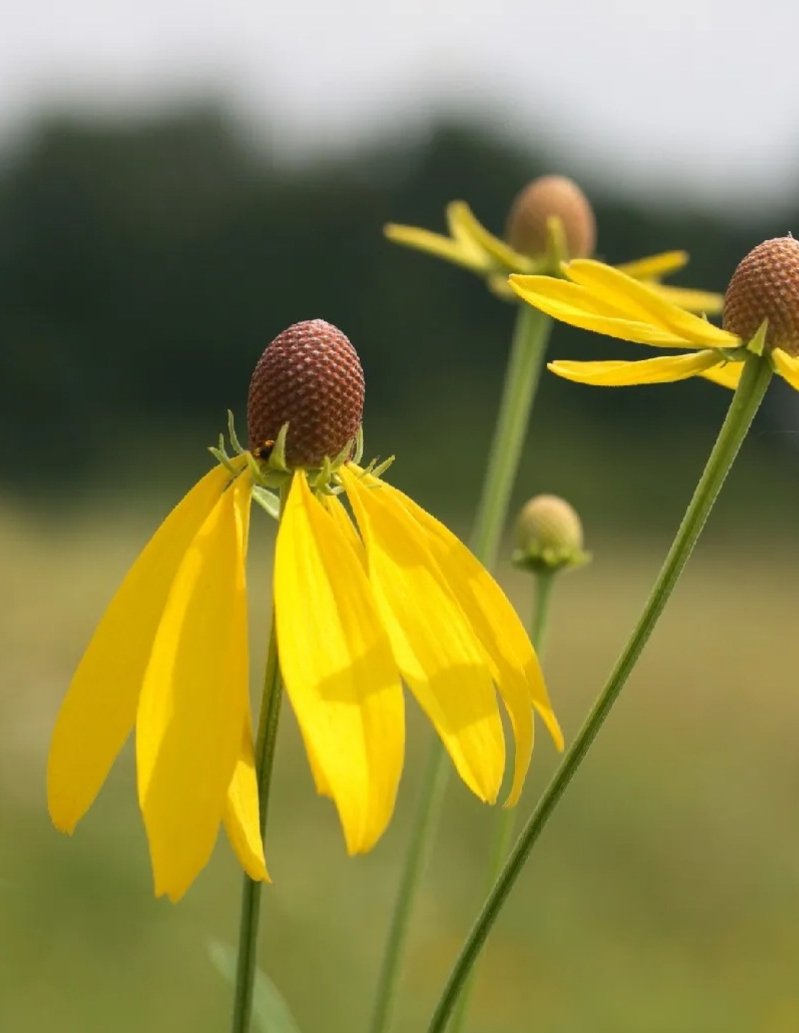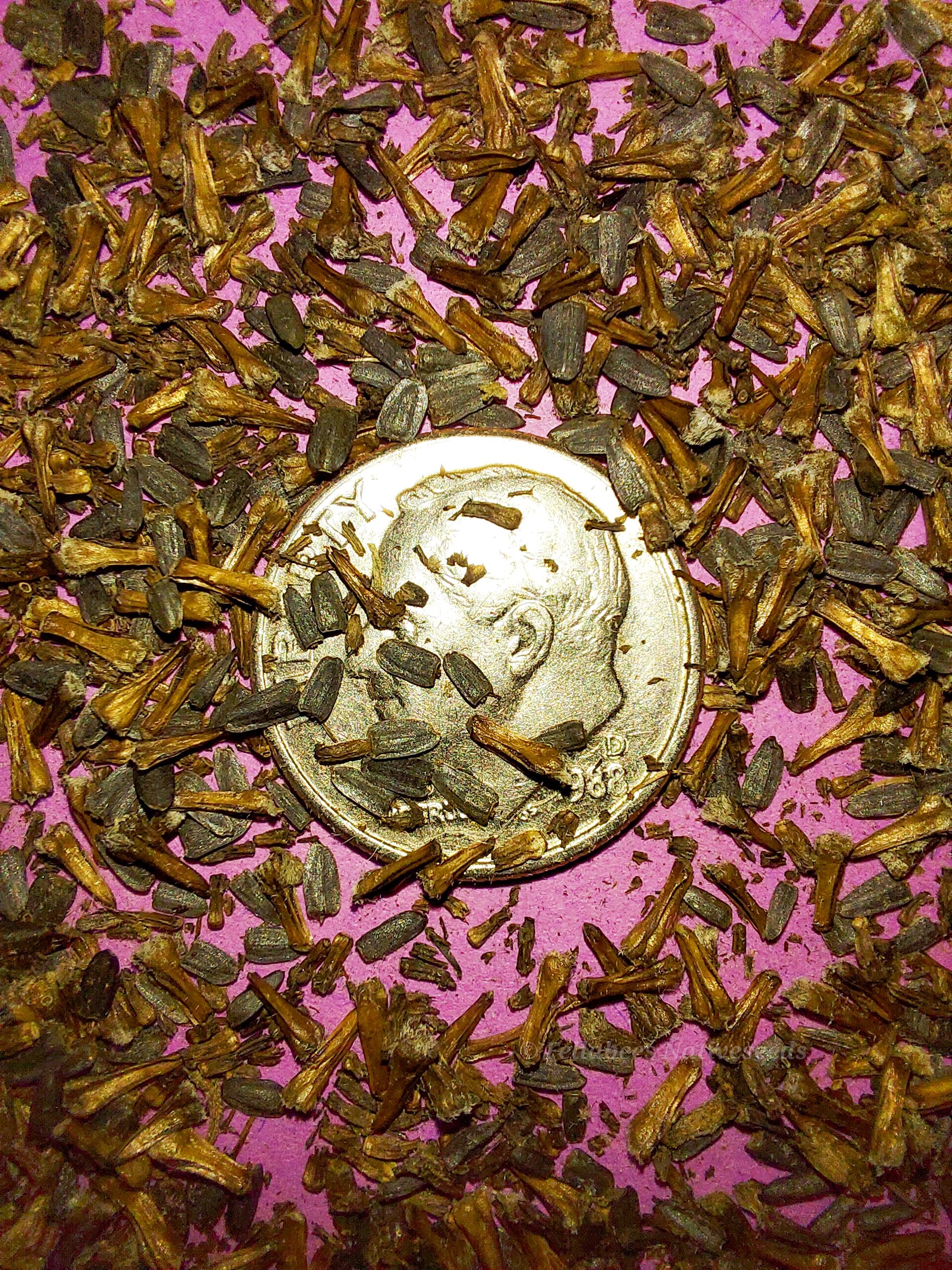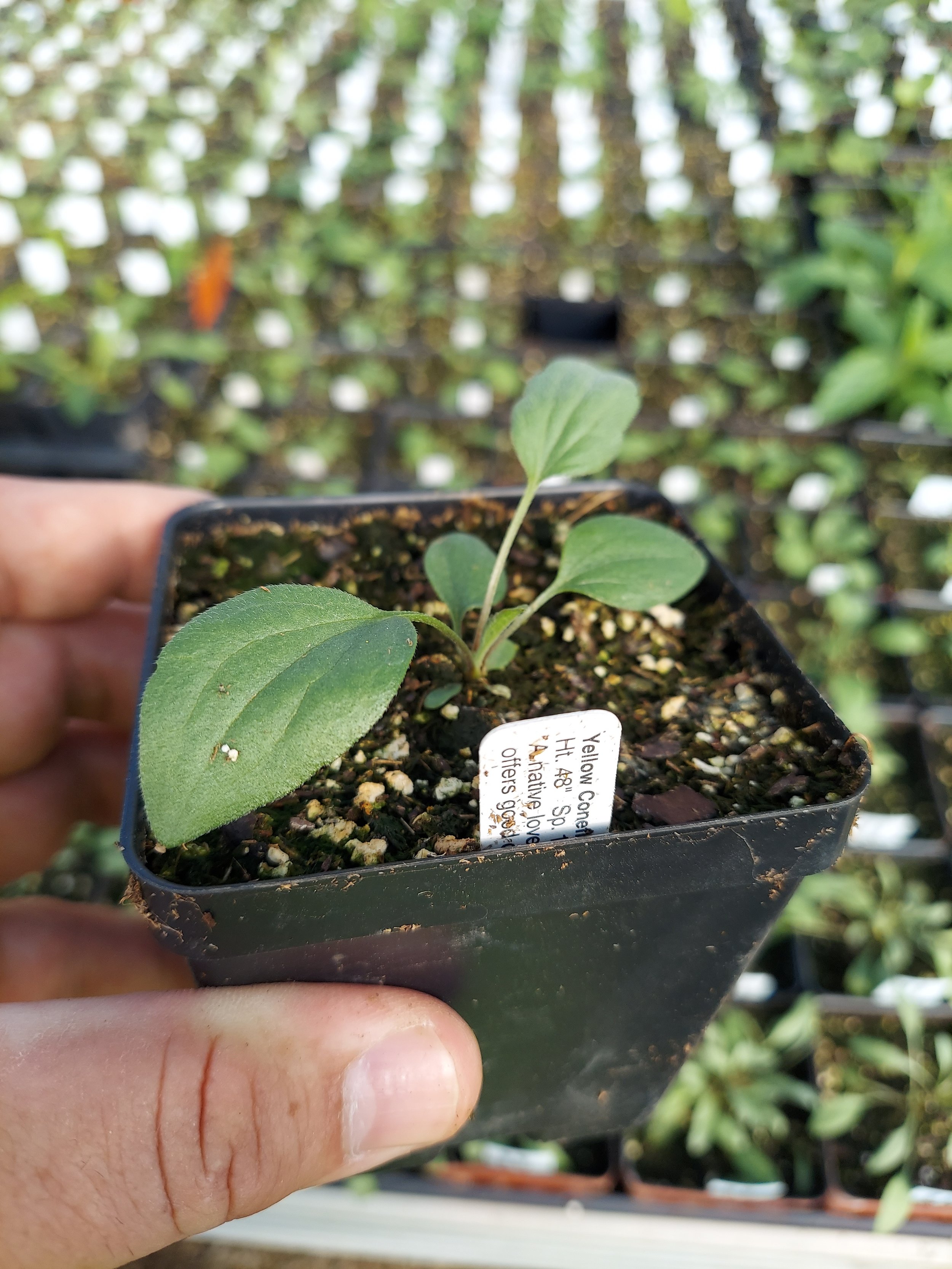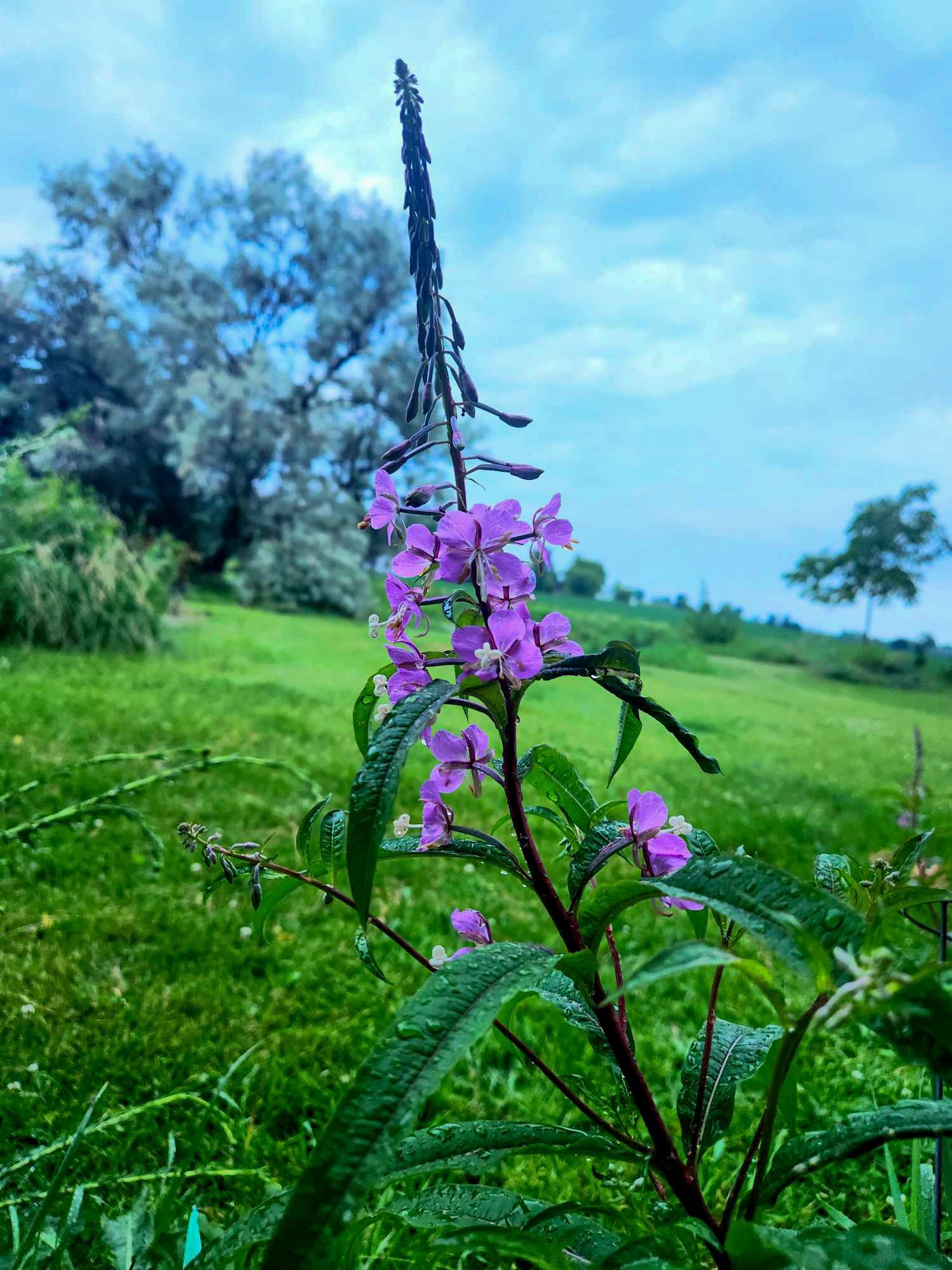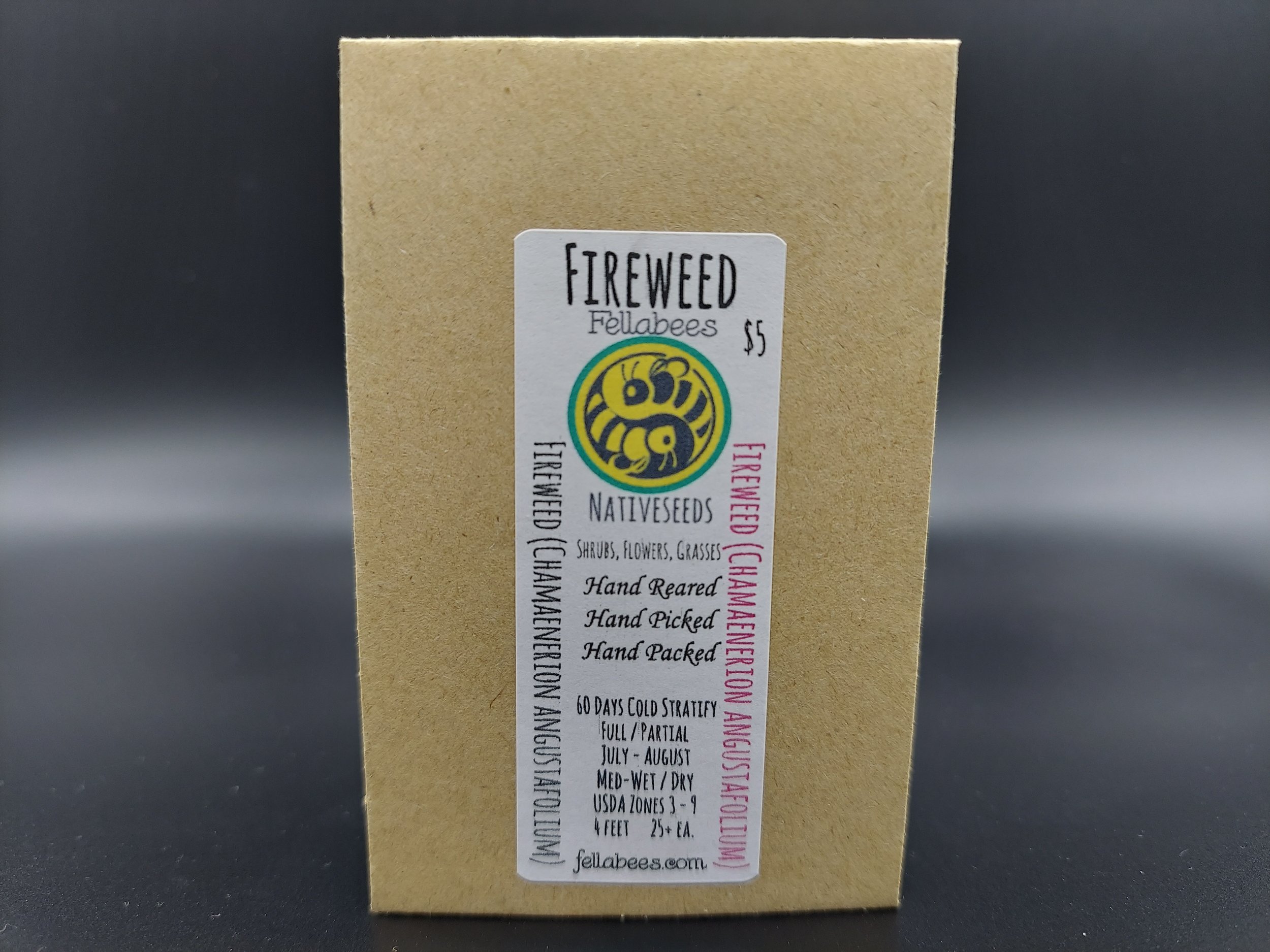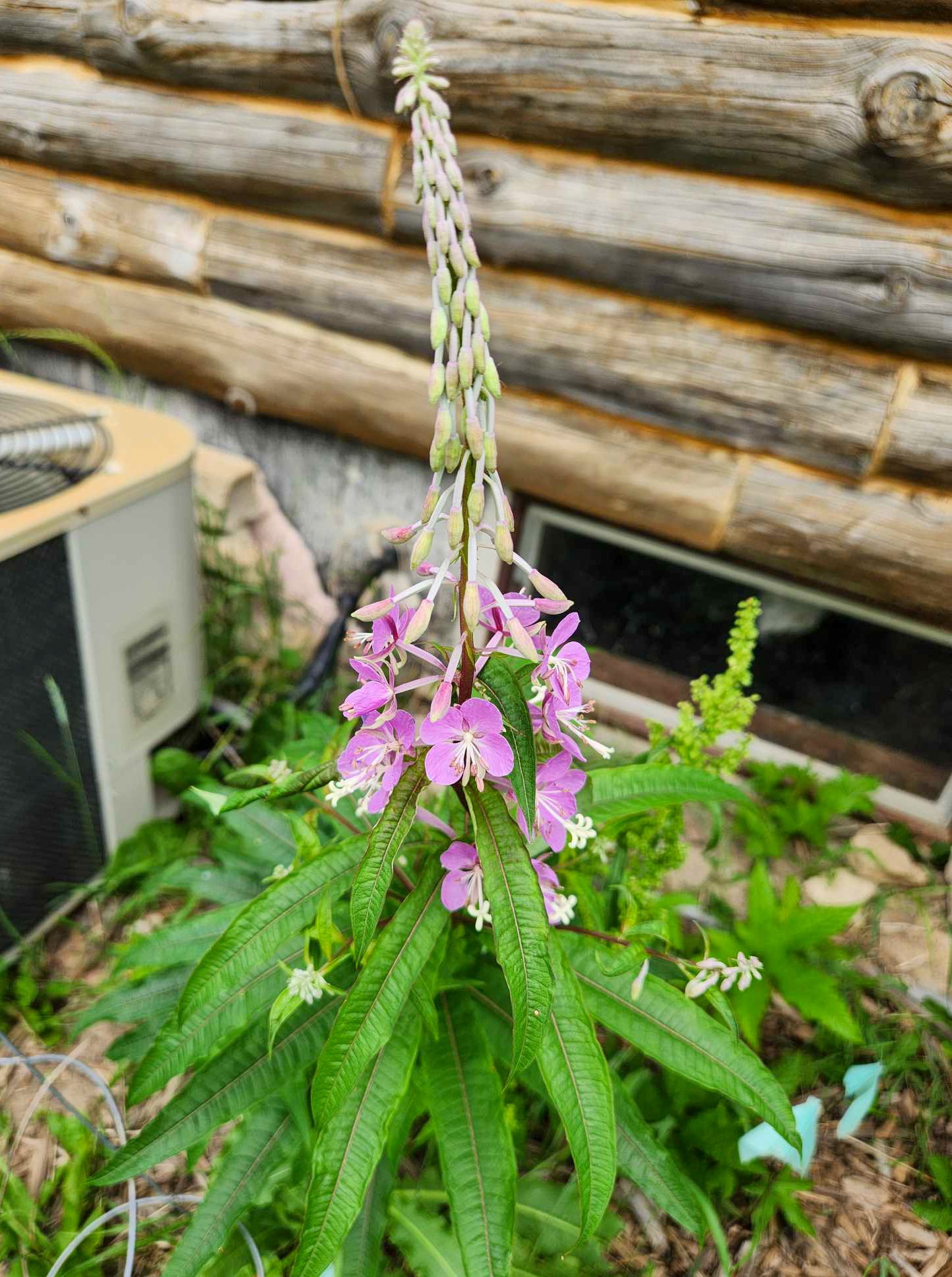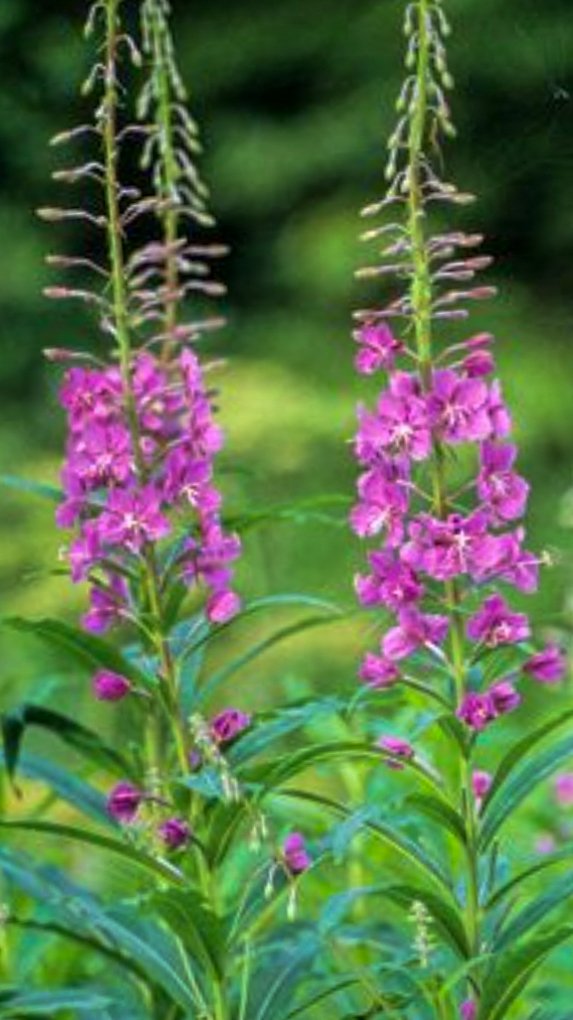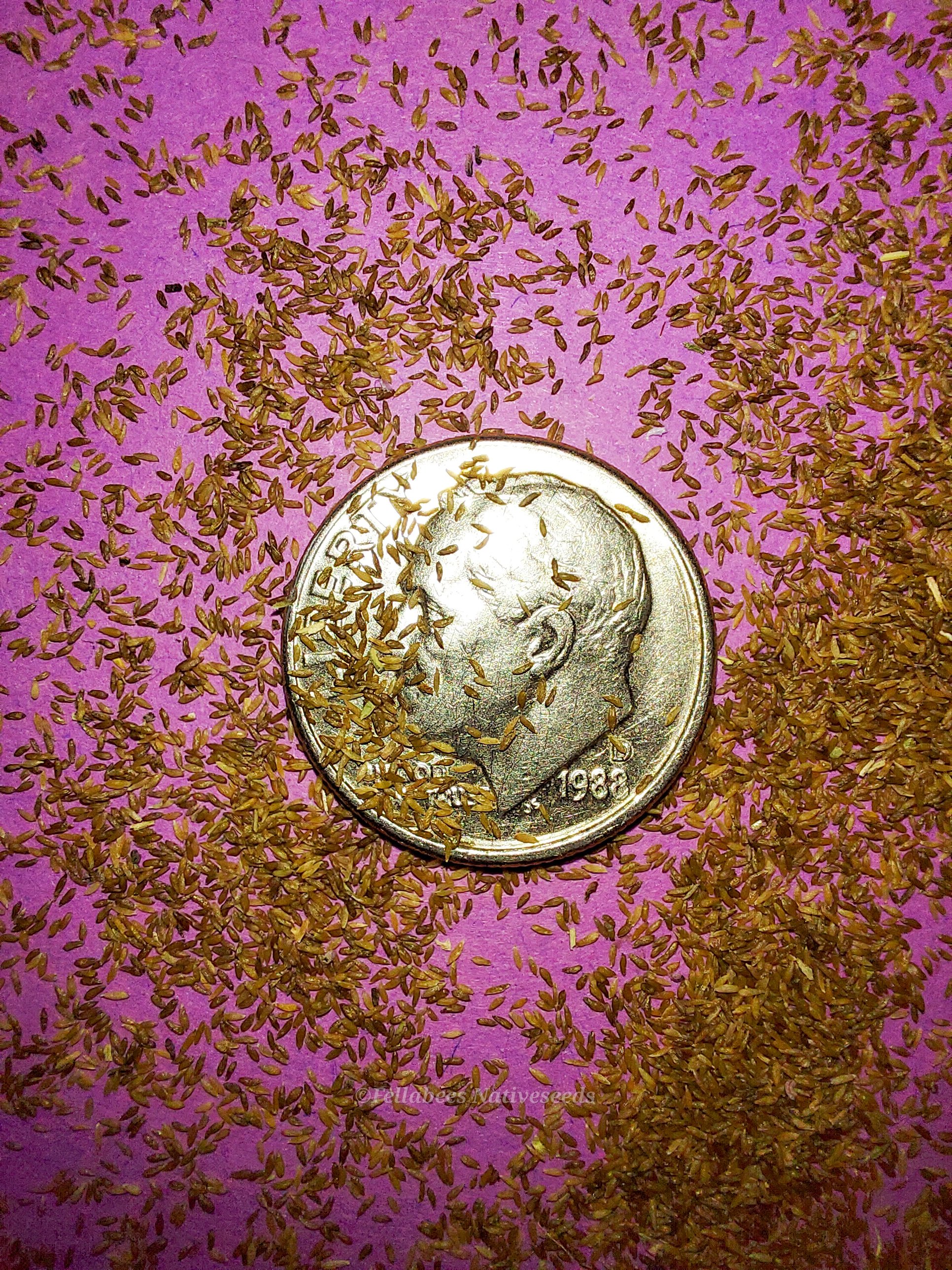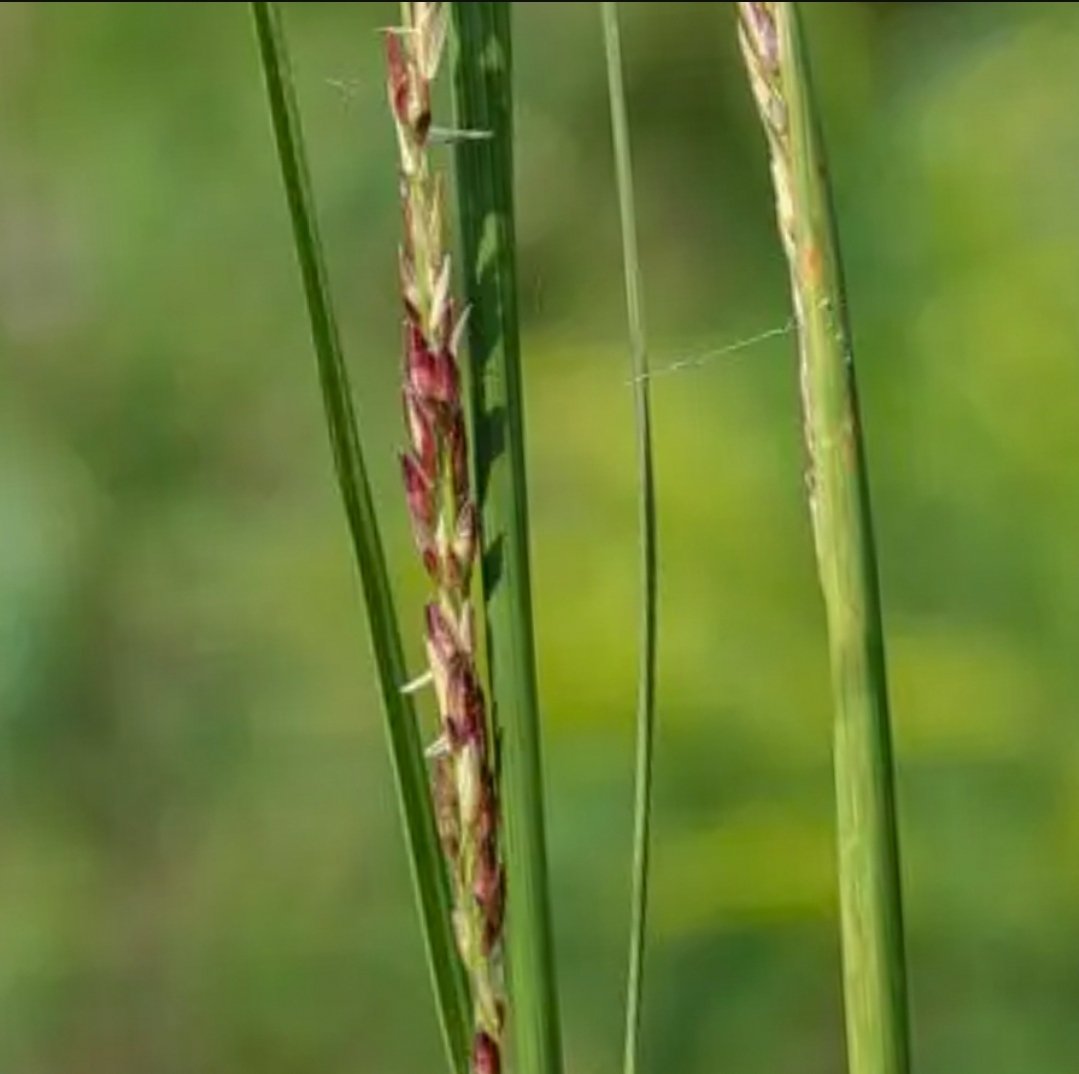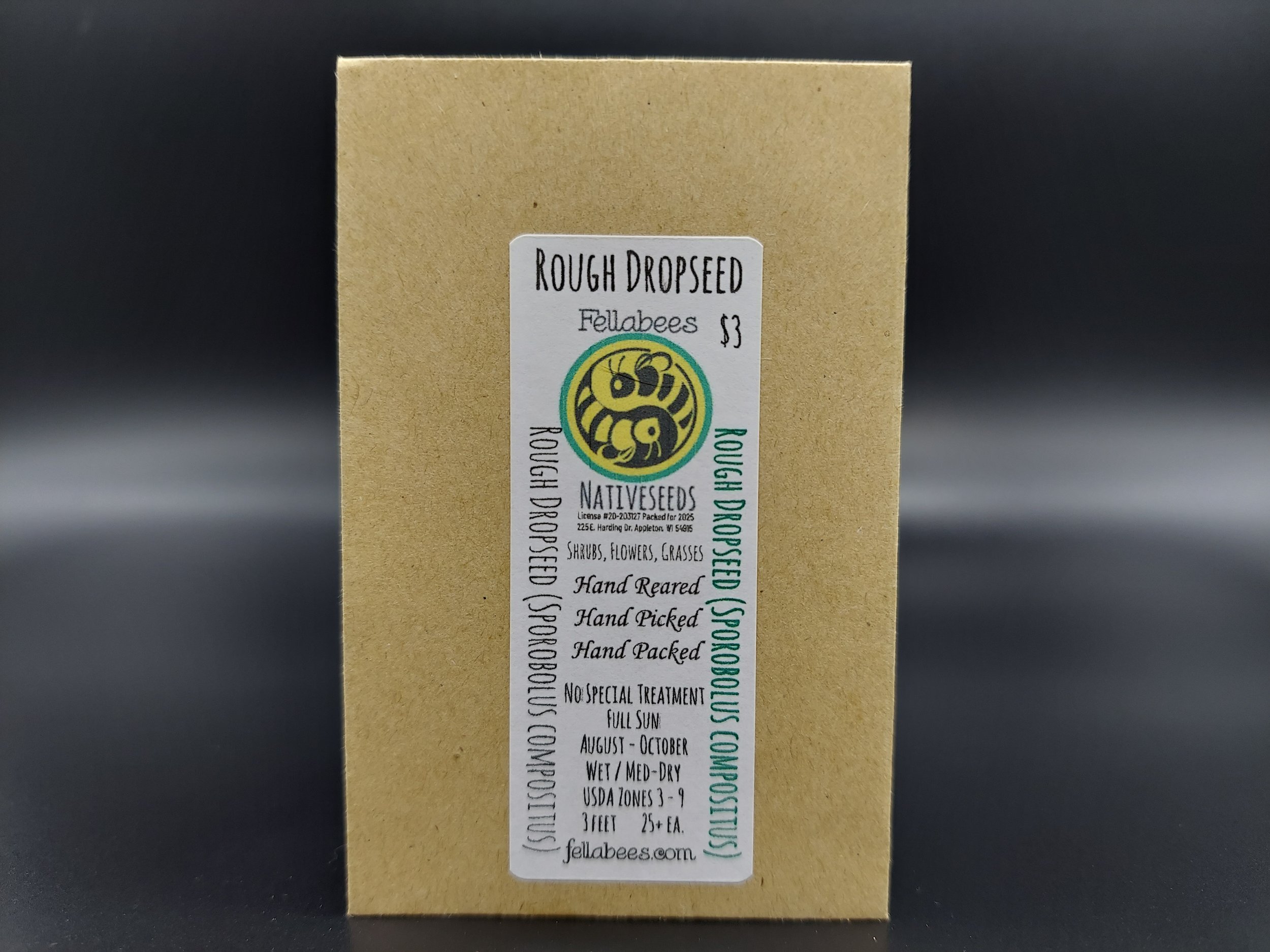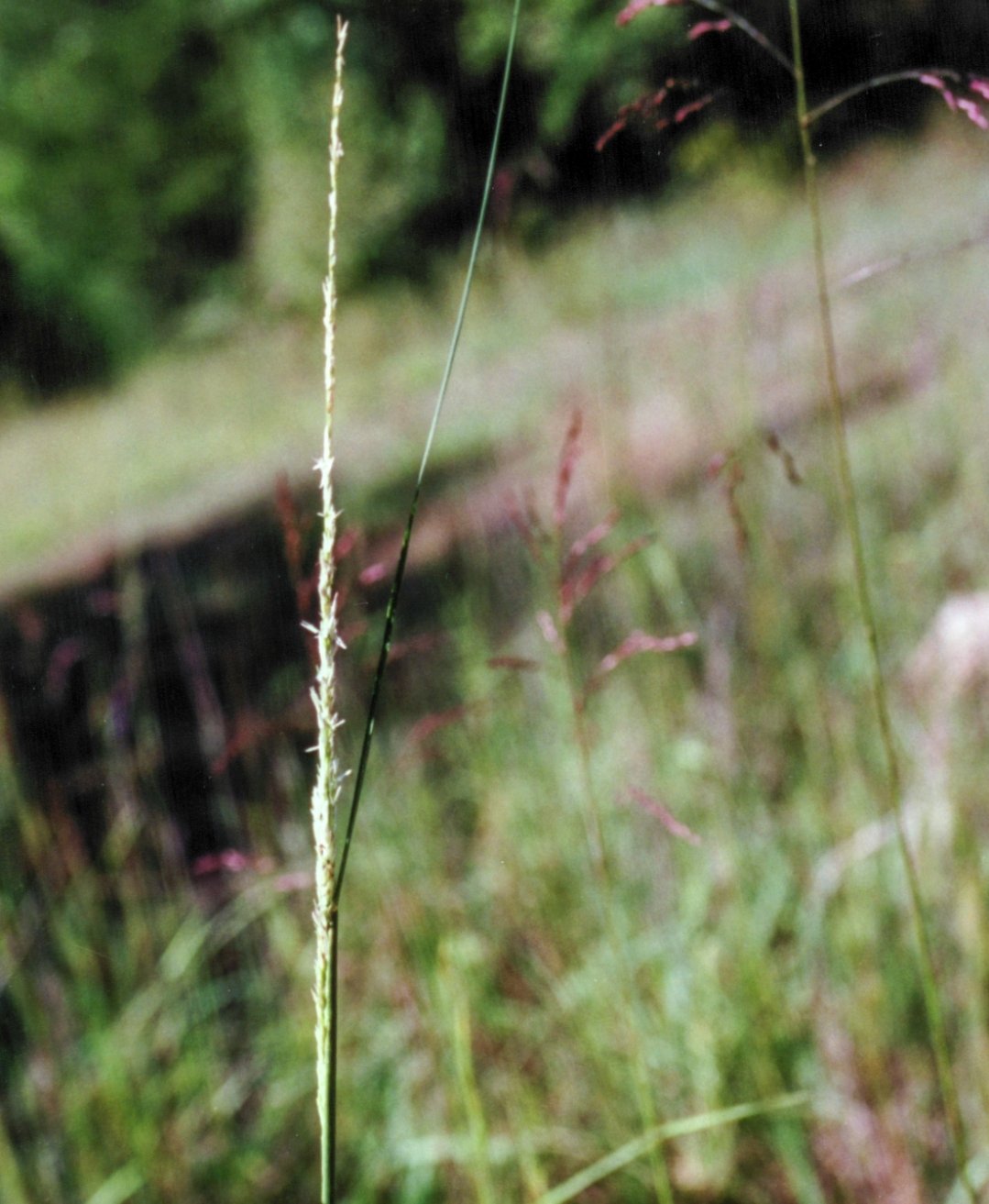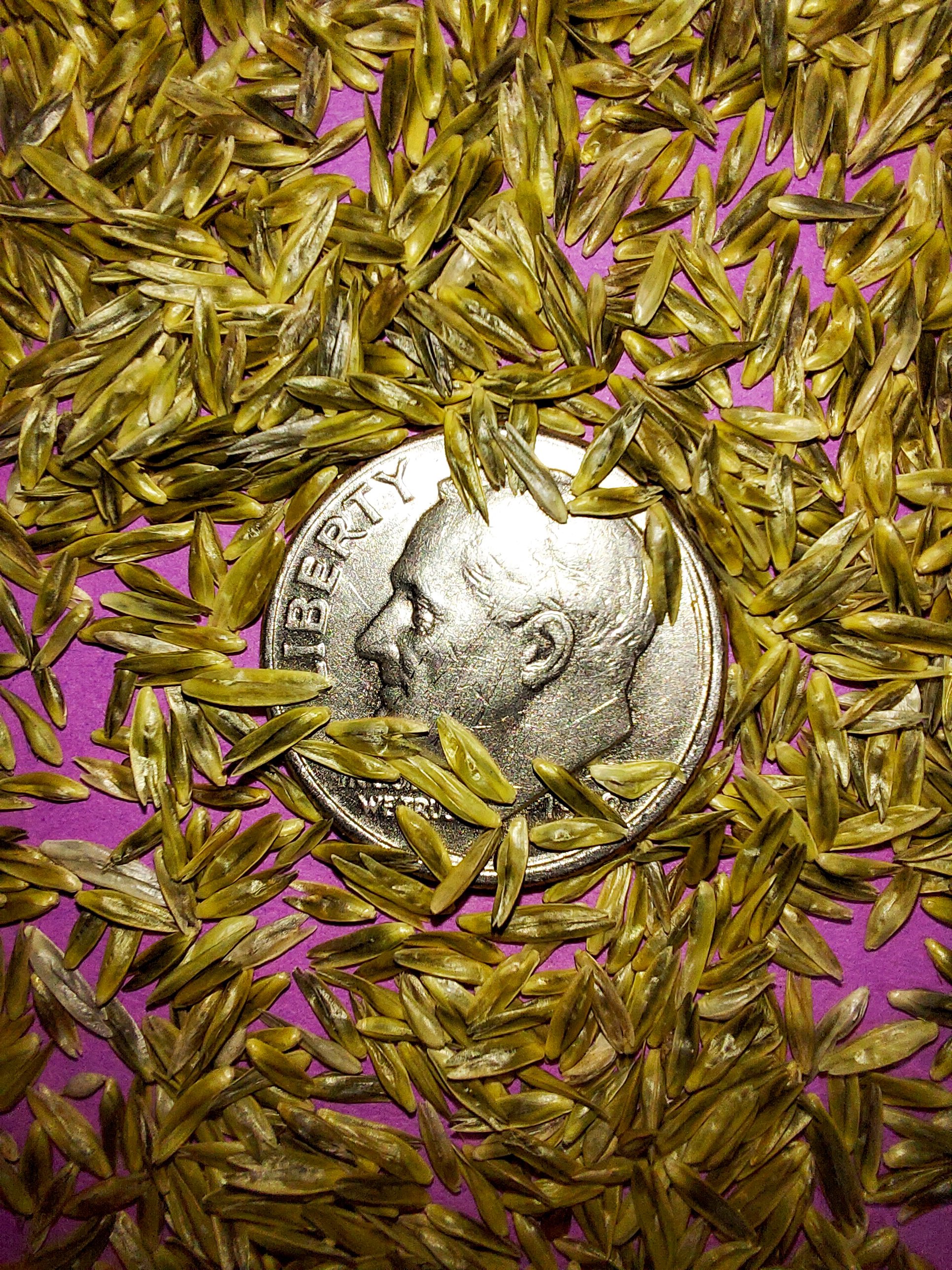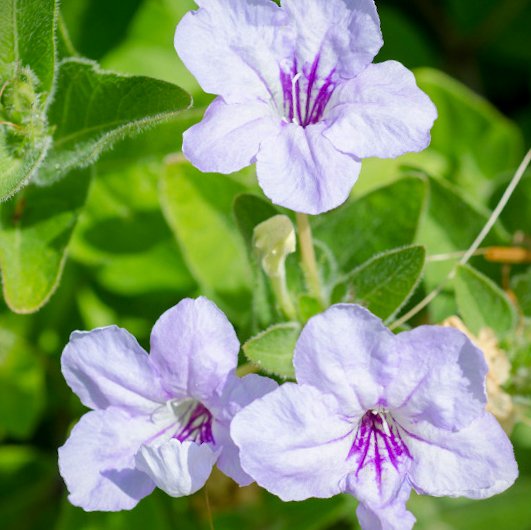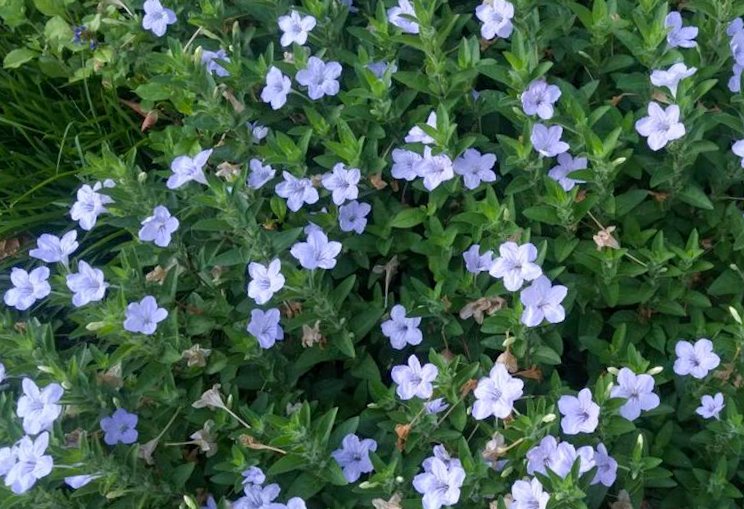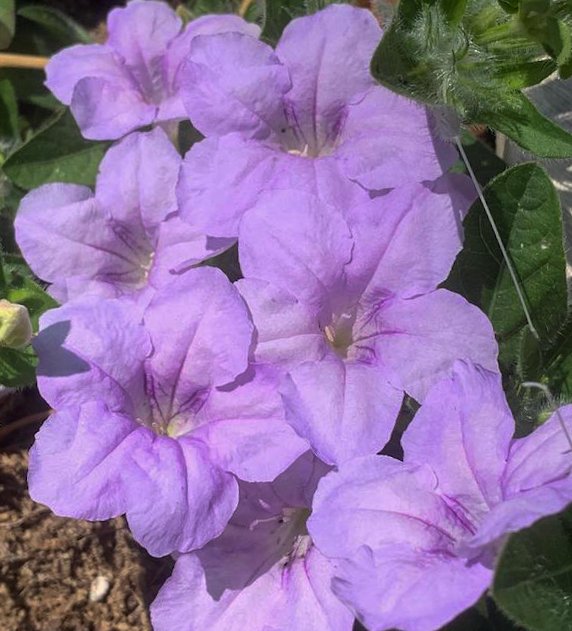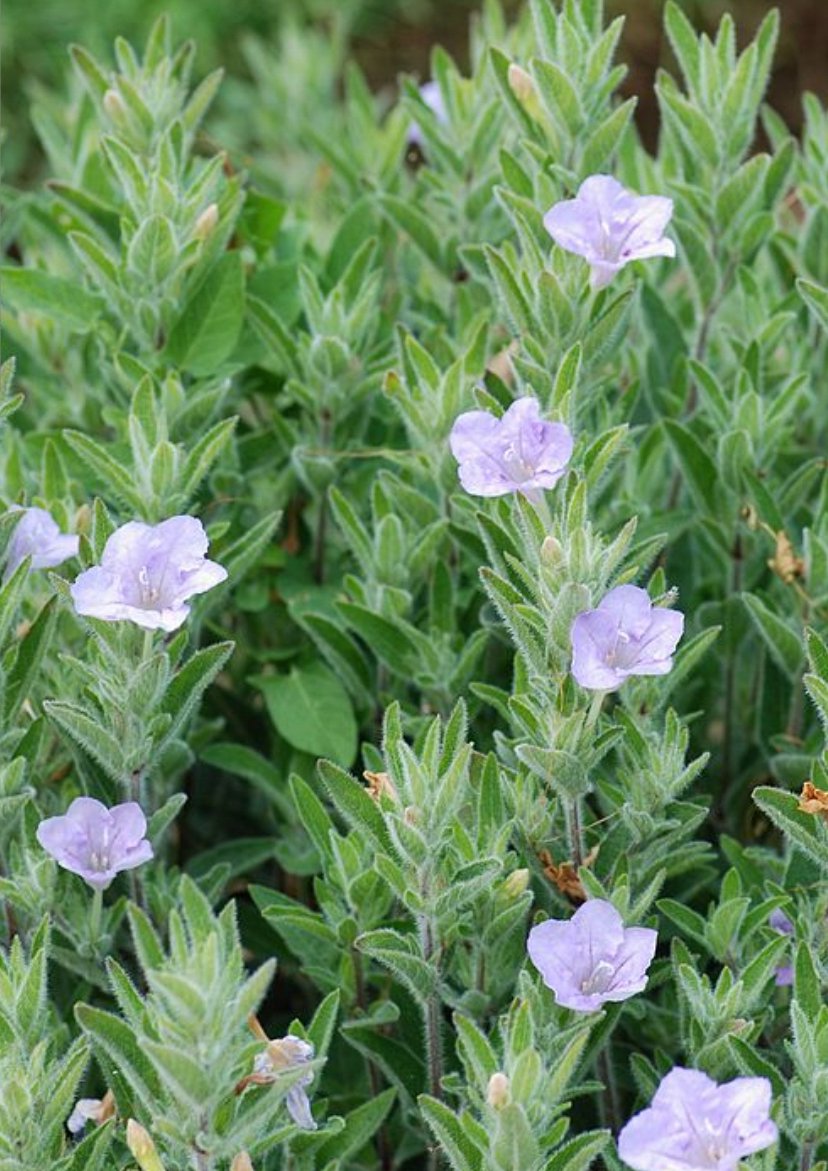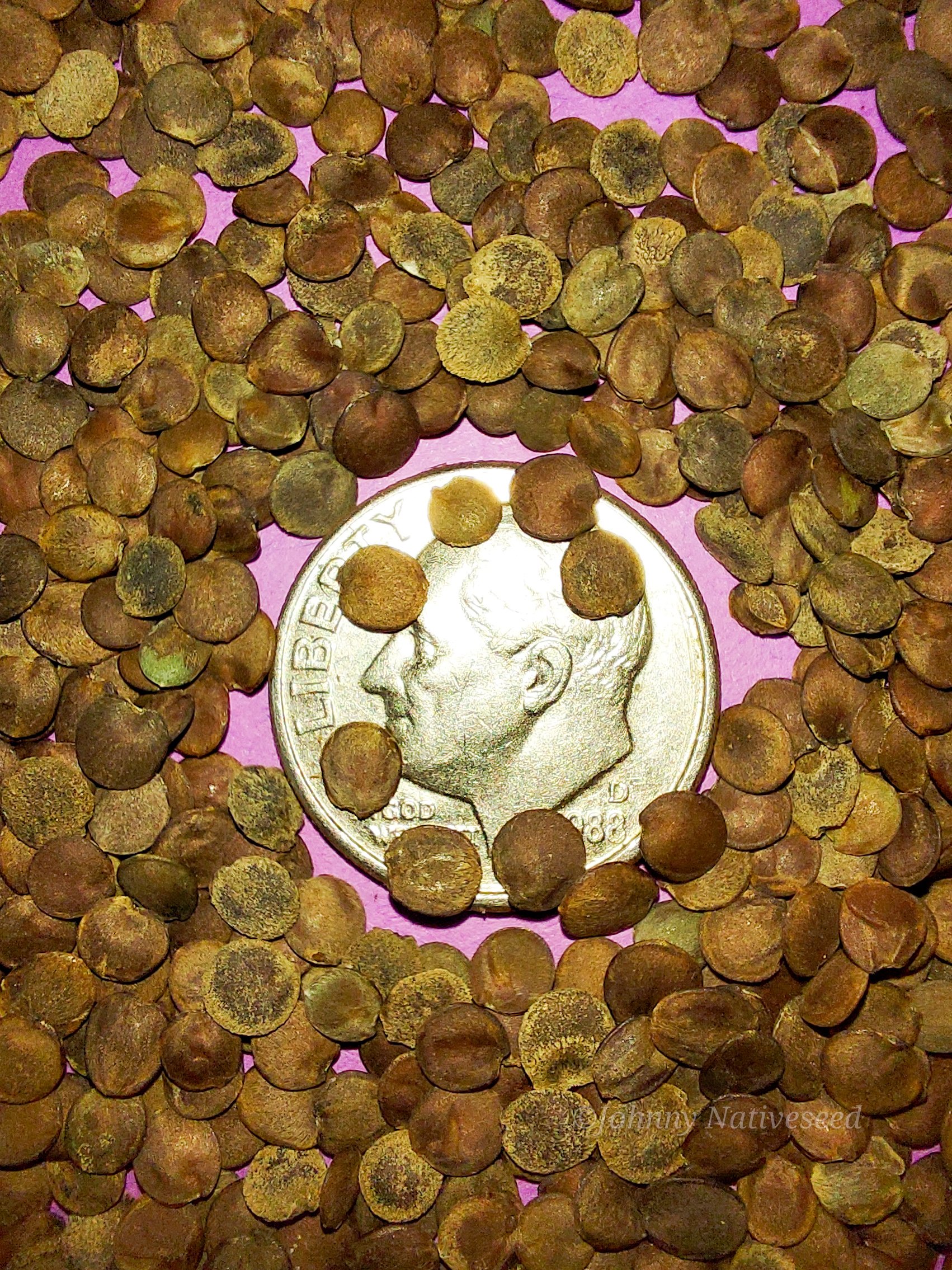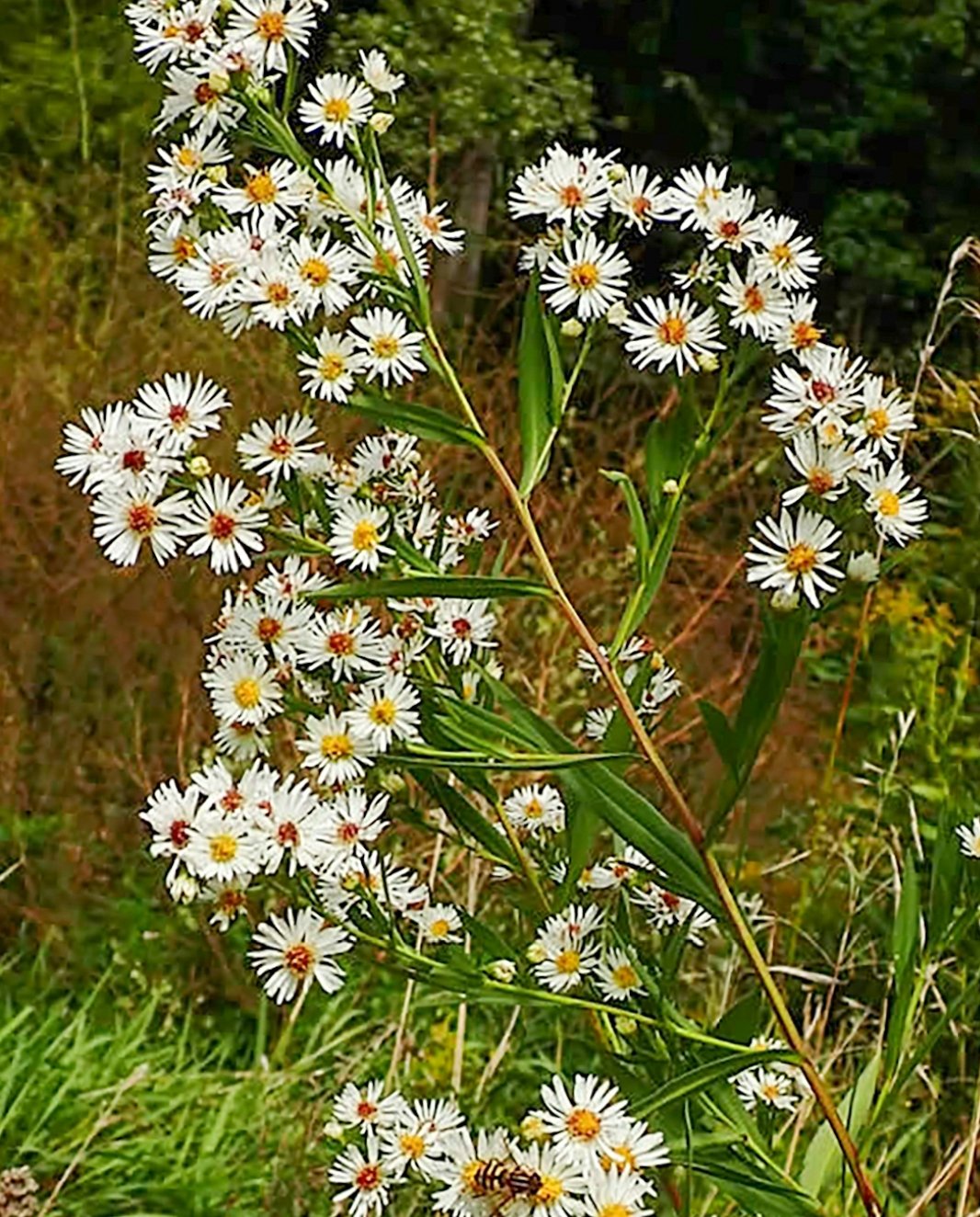 Image 1 of 6
Image 1 of 6

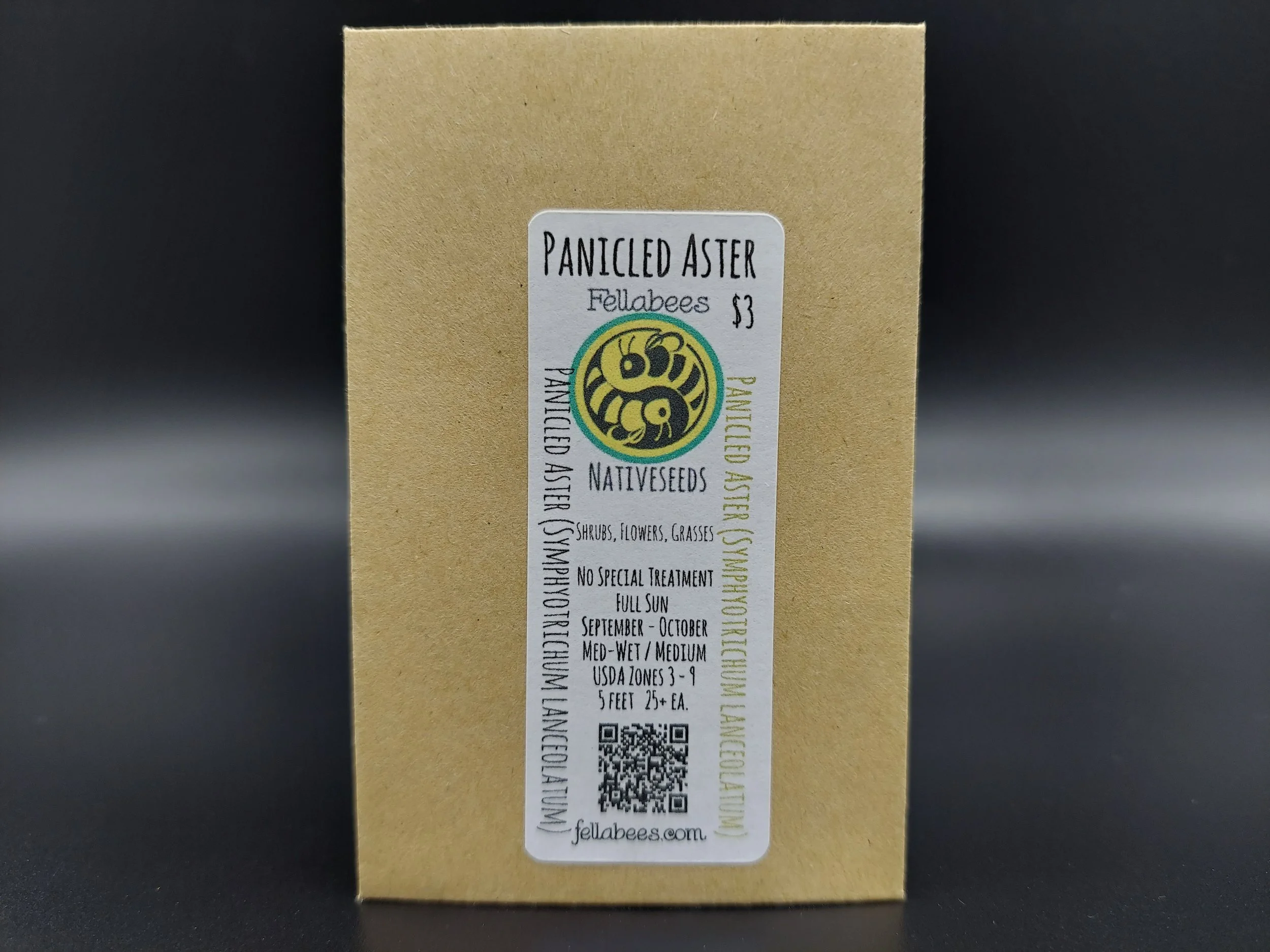 Image 2 of 6
Image 2 of 6

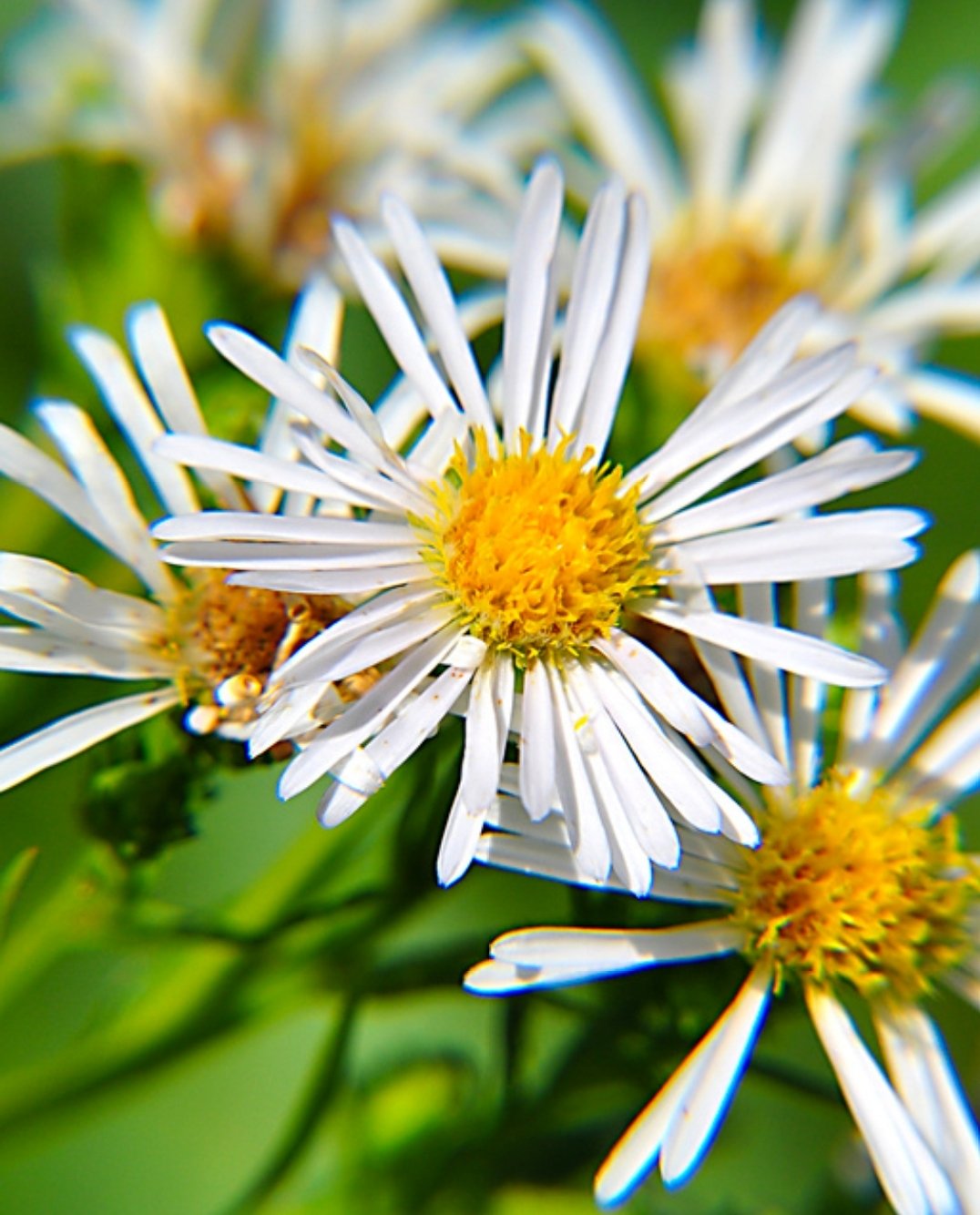 Image 3 of 6
Image 3 of 6

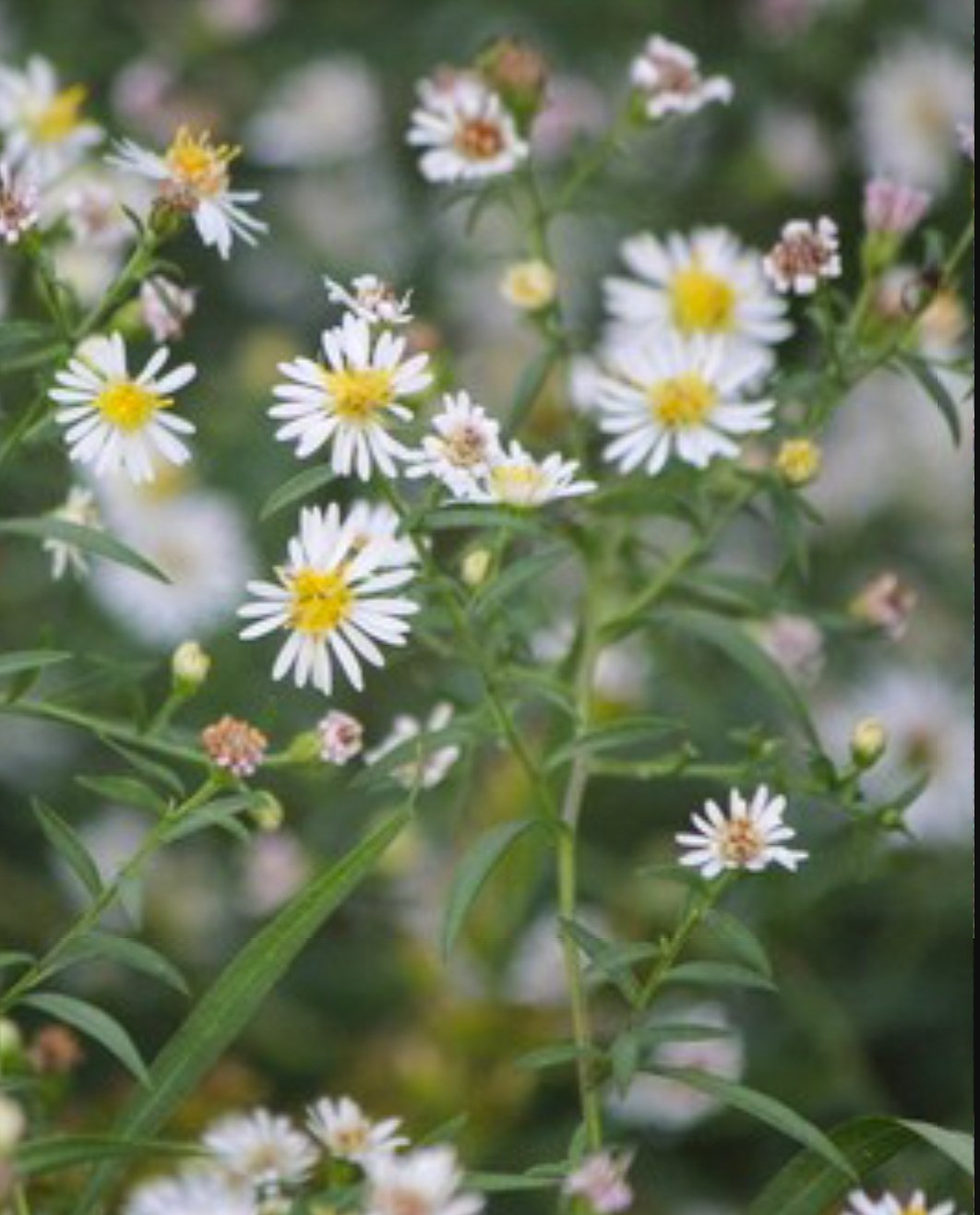 Image 4 of 6
Image 4 of 6

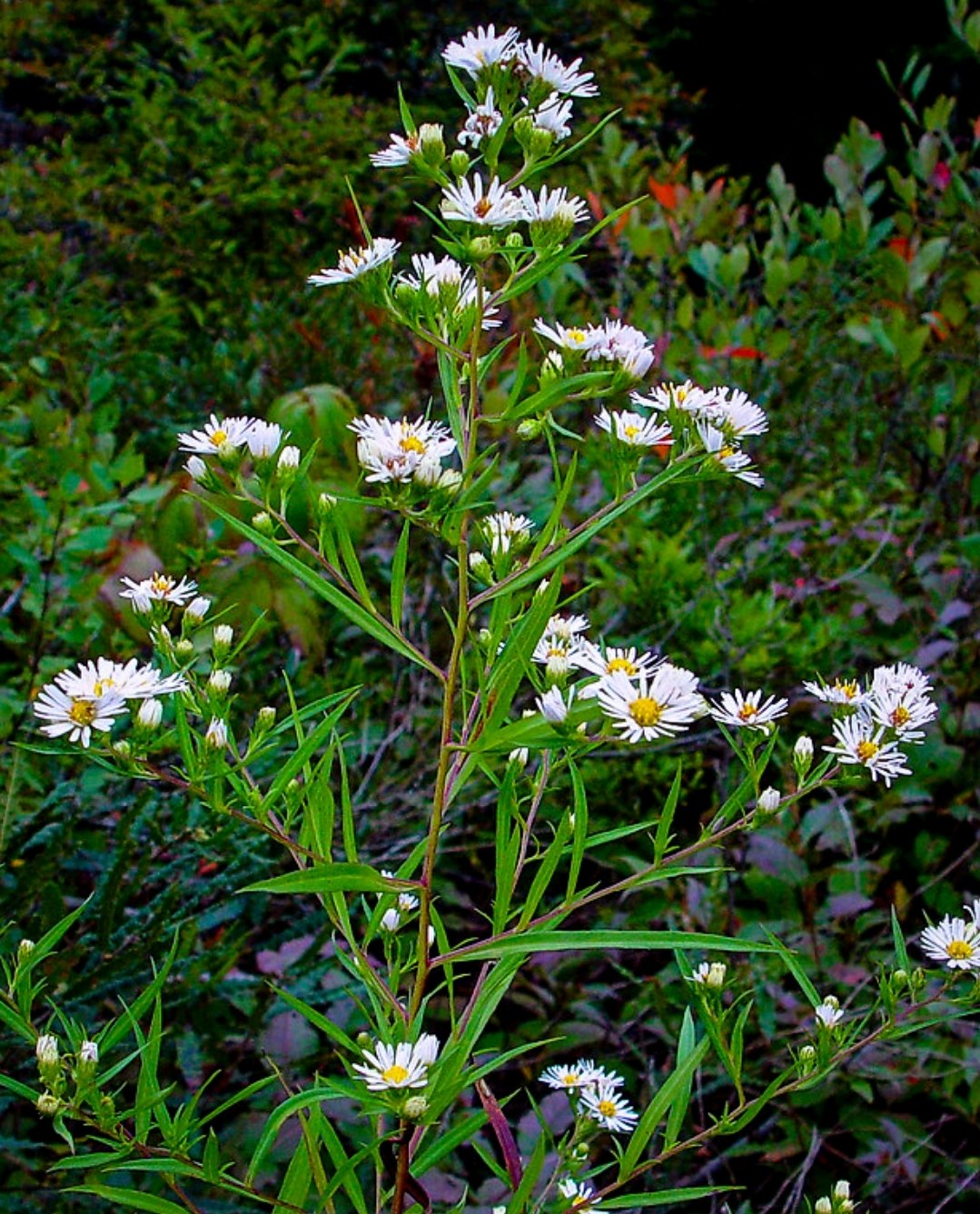 Image 5 of 6
Image 5 of 6

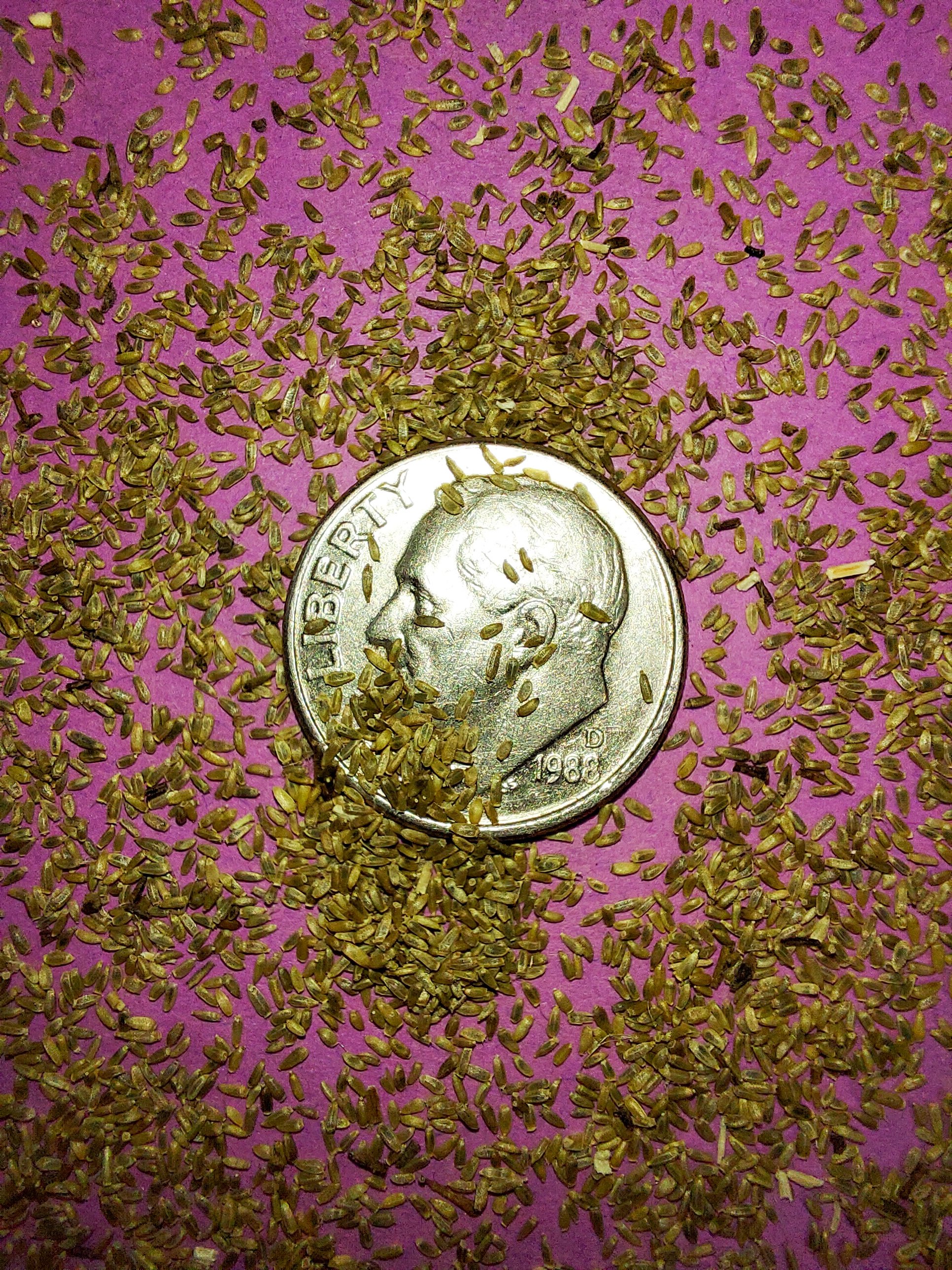 Image 6 of 6
Image 6 of 6







Panicled Aster (Symphyotrichum lanceolatum)
Panicled Aster (Symphyotrichum lanceolatum)
Symphyotrichum lanceolatum is the scientific name for the native species more commonly known as Panicled Aster, Lance-leaved Aster, and White Panicled Aster. This perennial, herbaceous plant typically grows to about 5 feet tall, and under favorable conditions, it can sometimes exceed this height. The lance-shaped leaves are generally hairless, although they may feel slightly rough to the touch on the upper surface due to the presence of tiny, fine bristles.
The flowers grow in dense clusters and branch out gracefully in panicles. They feature between 16 and 50 delicate white ray florets, each measuring up to 1⁄2 inch in length, and occasionally these florets display subtle tinges of pink or purple. The flower centers are composed of numerous disk florets, which start out a vibrant yellow and gradually transition to a rich purple hue as they mature.
Panicled Aster occurs in a wide variety of mostly moist and open habitats, including riparian areas (areas between land and a river or stream), meadows, and ditches. This adaptable wildflower thrives in these environments due to its preference for moist soil and ample sunlight. Panicled Aster has a stout rhizome and can spread extensively to form a clonal colony, as well as reproduce by wind-blown seed, allowing it to establish and maintain its presence effectively. Because Panicled Aster has allelopathic properties, meaning it produces chemicals that can suppress the growth of other plants around it, it can be a particularly good choice for introduction in areas where invasive plants have been problematic. This natural ability helps reduce competition and supports the restoration of native plant communities.
Plant Details
USDA Zones: 3-9
Germination Needs: No Treatment Needed
Life Cycle: Perennial
Sun Exposure: Full Sun
Soil Moisture: Medium-Wet, Medium
Plant Spacing: 1½ - 3 feet
Height: 5 feet
Bloom time: September, October
Bloom Color: White
Advantages :
Pollinator Favorite: butterflies, moths, bees, wasps, beetles
Bird Favorite: seeds, insects, fruit, nectar, nesting, perchs.
Deer Resistant: Yes
Native to : Wisconsin, Minnesota, Iowa, Illinois, Indiana, Michigan, Ohio, Pennsylvania, New York, Vermont, New Hampshire, Maine, Massachusetts, Rhode Island, Connecticut, Delaware, Maryland, New Jersey, West Virginia, Virginia, Kentucky, Tennessee, North Carolina, South Carolina, Georgia, Florida, Alabama, Mississippi, Louisiana, Arkansas, Missouri, Texas, Oklahoma, Kansas, Nebraska, South Dakota, North Dakota, Montana, Idaho, Wyoming, Colorado, New Mexico, Arizona, Utah, Nevada, California, Oregon and Washington State.
This species is considered present but rare in several counties of the state of Washington.
Seed Count: 25+
.
.
Packet quantities:
We pride ourselves on ethical, hands on, ecological management, using no mechanical or chemical methods whatsoever.
All of our native seed is hand reared, hand picked, and hand packed from native prairies under our exclusive management, never breaking chain of custody from the field until it is sent to you. Each packet is hand prepared for shipment by us, directly.
Small seed species will contain greater than 20-25 seed
Large seed species will contain greater than 10-15 seed
All packets are individually marked at the bottom of the front label with expected count, however most if not all packets will have many more than the minimum count by default.
It is our mission to spread the wealth of native plant and pollinator ecological sustainability, and educate back yard gardeners as well as corporate and government entities in how to germinate, grow, and benefit from native synergies.
Thank you for your support, it is because of you, that we can grow together to do, what we do.🐛🦋🐝🐞🌾🌱🌼🧡
Panicled Aster (Symphyotrichum lanceolatum)
Symphyotrichum lanceolatum is the scientific name for the native species more commonly known as Panicled Aster, Lance-leaved Aster, and White Panicled Aster. This perennial, herbaceous plant typically grows to about 5 feet tall, and under favorable conditions, it can sometimes exceed this height. The lance-shaped leaves are generally hairless, although they may feel slightly rough to the touch on the upper surface due to the presence of tiny, fine bristles.
The flowers grow in dense clusters and branch out gracefully in panicles. They feature between 16 and 50 delicate white ray florets, each measuring up to 1⁄2 inch in length, and occasionally these florets display subtle tinges of pink or purple. The flower centers are composed of numerous disk florets, which start out a vibrant yellow and gradually transition to a rich purple hue as they mature.
Panicled Aster occurs in a wide variety of mostly moist and open habitats, including riparian areas (areas between land and a river or stream), meadows, and ditches. This adaptable wildflower thrives in these environments due to its preference for moist soil and ample sunlight. Panicled Aster has a stout rhizome and can spread extensively to form a clonal colony, as well as reproduce by wind-blown seed, allowing it to establish and maintain its presence effectively. Because Panicled Aster has allelopathic properties, meaning it produces chemicals that can suppress the growth of other plants around it, it can be a particularly good choice for introduction in areas where invasive plants have been problematic. This natural ability helps reduce competition and supports the restoration of native plant communities.
Plant Details
USDA Zones: 3-9
Germination Needs: No Treatment Needed
Life Cycle: Perennial
Sun Exposure: Full Sun
Soil Moisture: Medium-Wet, Medium
Plant Spacing: 1½ - 3 feet
Height: 5 feet
Bloom time: September, October
Bloom Color: White
Advantages :
Pollinator Favorite: butterflies, moths, bees, wasps, beetles
Bird Favorite: seeds, insects, fruit, nectar, nesting, perchs.
Deer Resistant: Yes
Native to : Wisconsin, Minnesota, Iowa, Illinois, Indiana, Michigan, Ohio, Pennsylvania, New York, Vermont, New Hampshire, Maine, Massachusetts, Rhode Island, Connecticut, Delaware, Maryland, New Jersey, West Virginia, Virginia, Kentucky, Tennessee, North Carolina, South Carolina, Georgia, Florida, Alabama, Mississippi, Louisiana, Arkansas, Missouri, Texas, Oklahoma, Kansas, Nebraska, South Dakota, North Dakota, Montana, Idaho, Wyoming, Colorado, New Mexico, Arizona, Utah, Nevada, California, Oregon and Washington State.
This species is considered present but rare in several counties of the state of Washington.
Seed Count: 25+
.
.
Packet quantities:
We pride ourselves on ethical, hands on, ecological management, using no mechanical or chemical methods whatsoever.
All of our native seed is hand reared, hand picked, and hand packed from native prairies under our exclusive management, never breaking chain of custody from the field until it is sent to you. Each packet is hand prepared for shipment by us, directly.
Small seed species will contain greater than 20-25 seed
Large seed species will contain greater than 10-15 seed
All packets are individually marked at the bottom of the front label with expected count, however most if not all packets will have many more than the minimum count by default.
It is our mission to spread the wealth of native plant and pollinator ecological sustainability, and educate back yard gardeners as well as corporate and government entities in how to germinate, grow, and benefit from native synergies.
Thank you for your support, it is because of you, that we can grow together to do, what we do.🐛🦋🐝🐞🌾🌱🌼🧡
